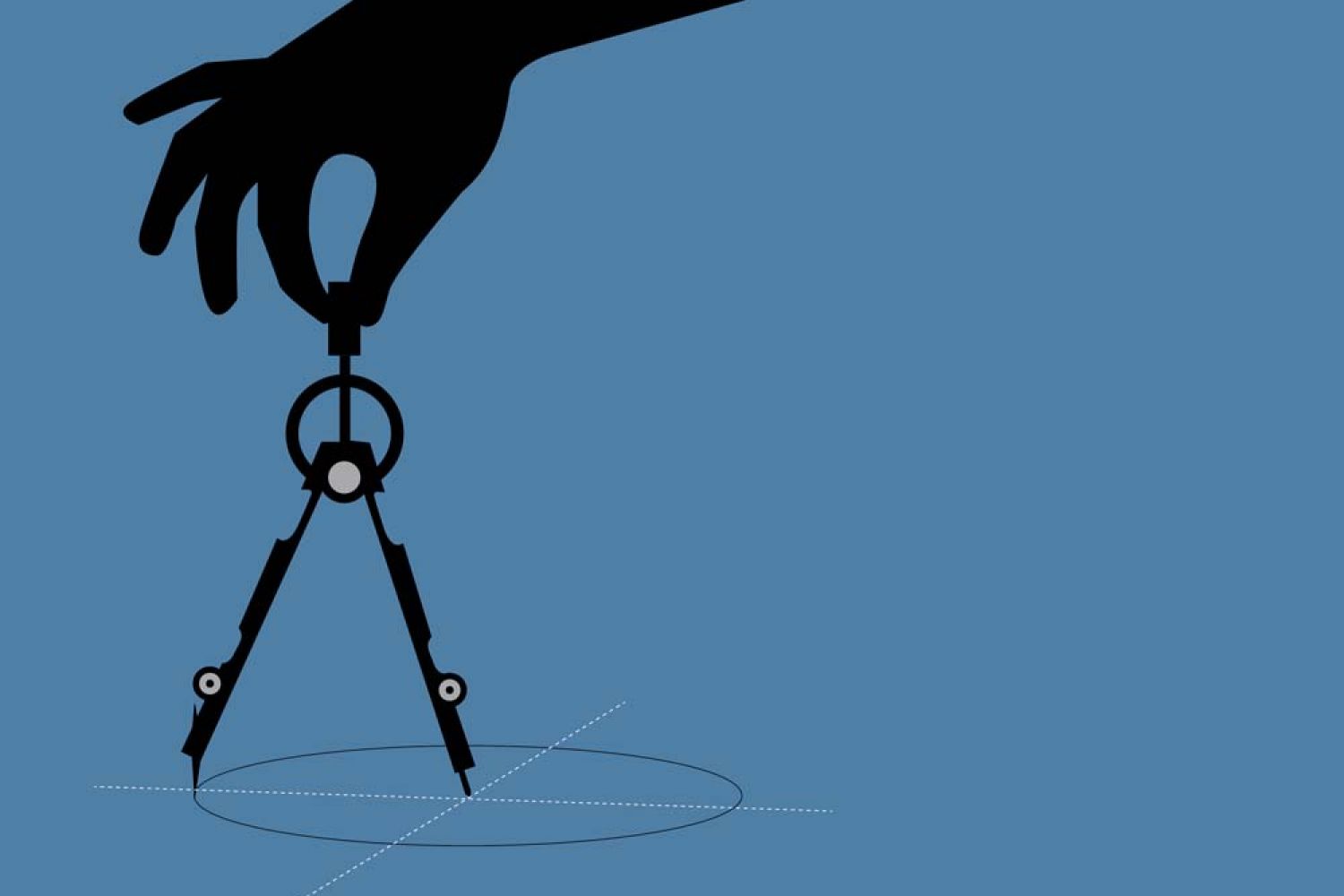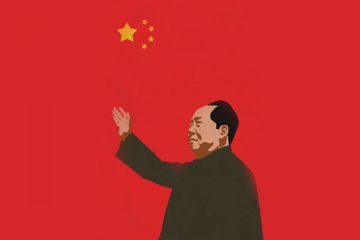
There are no shortcuts
when coming to terms with the architecture of Le Corbusier. His individual
works are like dense poetic texts combining many levels of meaning over a
hermetic core. Just when the historian imagines that an “explanation” has been
found, the buildings slip away from the grasp of rationalisation, re-asserting
their right to live in the realm of space, form, material and experience. Le
Corbusier’s architecture seems to possess an infinite capacity to stir both
enthu





